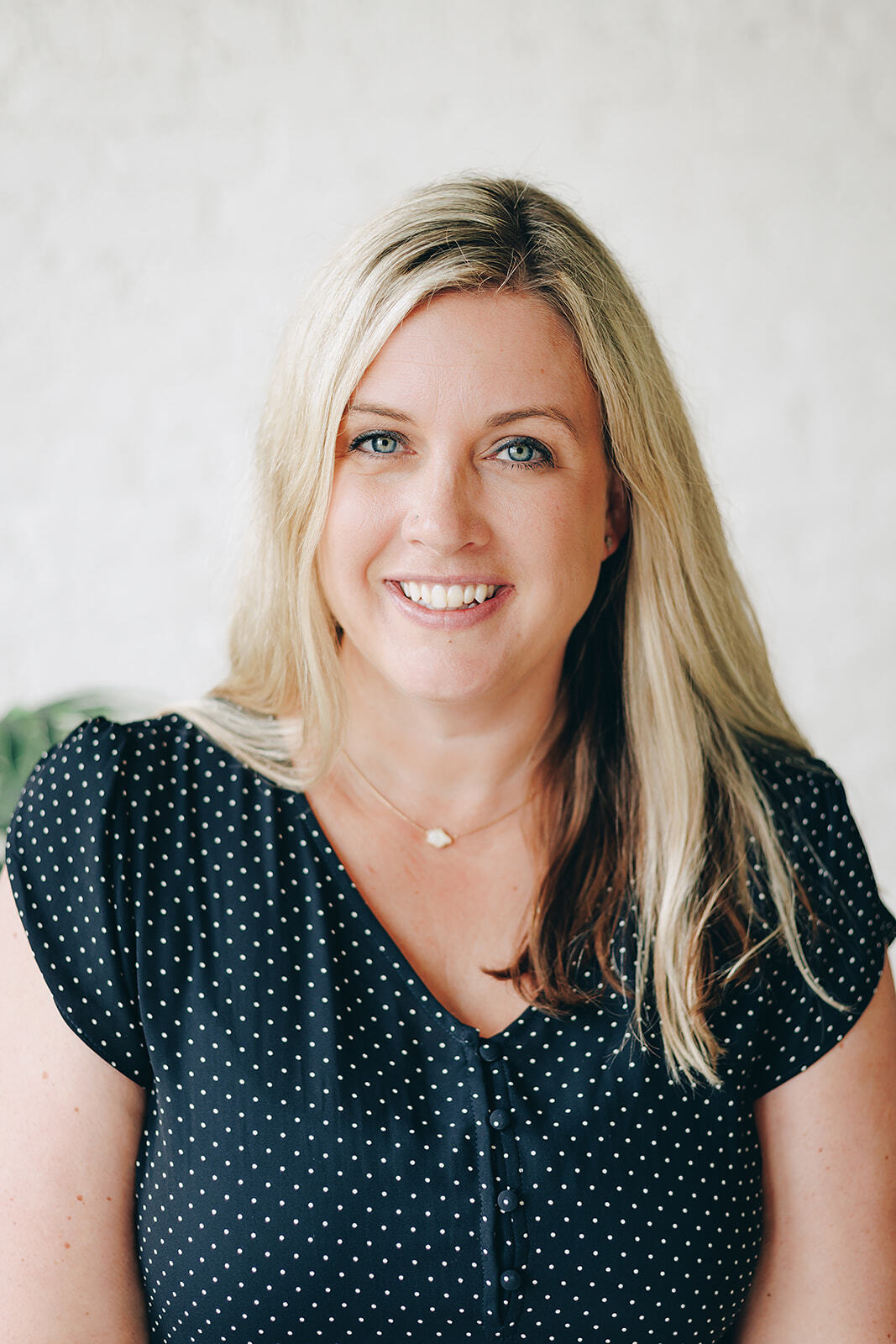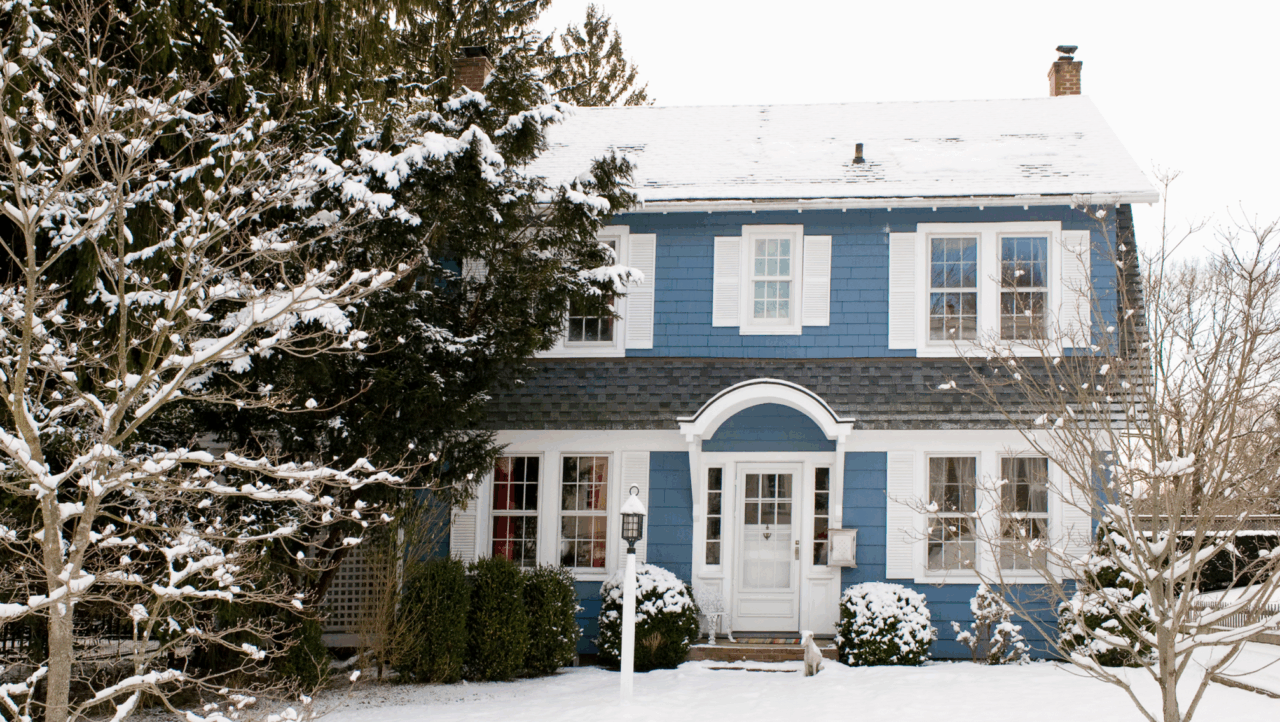

Written by Jennifer Lyons on September 10, 2025
Reviewed by Kara Ng and Neil Swanson, Edited by Alycia Lucio
Life can be unpredictable, and having a financial safety net in place is one of the best ways to protect yourself from the unexpected. Whether it’s medical bills, car repairs, or navigating the unexpected big-ticket costs of owning a home (like a roof repair), an emergency fund ensures you’re prepared for unforeseen circumstances without derailing your financial goals.
Aside from surprise expenses, an emergency fund can also help in the case of an unexpected loss of income. A general rule of thumb is to set aside 3-6 months' worth of living expenses in case of emergency for groceries, mortgage payments and additional home expenses. Remember that homeowners should also factor in utility bills, homeowners insurance, and maintenance costs, which can top $14,000 a year on average, according to analysis by Zillow and Thumbtack.
Here’s everything you need to know about emergency funds and how to build one effectively.
What is an emergency fund?
An emergency fund is a dedicated, easily accessible savings account designed to cover unexpected expenses, such as medical costs, job loss or urgent home repairs. This financial buffer provides peace of mind, allowing you to navigate unforeseen challenges without relying on credit cards or dipping into long-term savings, like a retirement account.
Why is it important to have an emergency fund?
Building an emergency fund ensures you’re prepared for unexpected costs that come your way. That way, a life surprise has a smaller chance of a financial setback, like a ding in your credit score impacting your future ability to rent or buy a home.
How to build an emergency fund
Here is a step-by-step approach you can take to build an emergency fund for life’s unexpected expenses:
1. Set a target goal
Before you start saving, determine how much you’ll need in your emergency fund based on your living situation and financial goals. Break your target amount into smaller milestones to make it more achievable, such as saving one month’s worth of expenses at a time.
For renting
Aim to save 3–6 months of essential living expenses. To estimate your emergency fund savings, add up the total cost of your rent, utilities, groceries, transportation, and any recurring bills for the month and multiply it by three and six. For example, if your total monthly essentials add up to $2,500, your emergency fund goal should be between $7,500 and $15,000. This gives you a safety net in case of job loss, medical emergencies, or sudden moves.
Your ideal savings goal may be higher or lower depending on your situation. For instance, consider how quickly you could find a new job, whether you have other sources of income to pull from in an emergency, or whether you can rely on family for financial support.
For becoming a homeowner
In addition to saving for your down payment, set aside extra for unexpected repairs that may come up during or right after purchase, like fixing an HVAC system or replacing a roof. A good starting point is to save an additional 1–2% of the home’s sale price to cover these types of expenses. Zillow Home Loans' BuyAbility® tool can help you build a personalized home buying budget with real-time interest rates.
For owning a home
Plan to save 1–2% of your home’s value each year for ongoing maintenance and surprise repairs. For example, if your home is worth $300,000, aim to save $3,000 to $6,000 annually to stay prepared. The average homeowner spends an additional $1,180 a month on top of their typical mortgage payment to cover expenses like utility bills, property taxes, insurance, and essential home maintenance costs.
2. Analyze your budget
You can use Zillow’s Debt-to-Income Calculator to see how much of your income goes towards paying debts each month. Use this number to see where you might be able to adjust your spending and cut back.
- Track your spending to see where your money goes each month.
- Cut non-essential expenses like subscriptions you no longer use or frequent takeout.
- Redirect those savings toward your emergency fund.
If budgeting feels like a daunting task, try apps and online tools to make tracking and saving easier.
3. Open a separate, high-yield savings account
To keep your emergency fund intact, open a dedicated savings account. Consider a high-yield savings account that offers better interest rates than traditional options. This way, your money will grow while remaining easily accessible in case of emergencies.
4. Automate your savings
One of the easiest ways to save consistently is to automate deposits into your emergency fund. Set up a recurring transfer from your checking account to your savings account each payday. Even small, regular contributions add up faster than you’d think.
5. Start small, if necessary
If saving several months’ worth of expenses feels out of reach, that’s okay. Start with a smaller, more manageable goal, like saving 5–10% of your monthly take-home pay. For example, if you bring home $2,500 a month, setting aside $125 to $250 is a strong first step.
The key is to start somewhere. As your income or confidence grows, you can gradually increase your savings goal. Even modest amounts can provide a valuable cushion in an emergency and help you build long-term financial stability.
6. Use windfalls wisely
Got an unexpected bonus, tax refund, or birthday gift? These types of financial windfalls (unexpected or one-time sums of money) can be a great opportunity to boost your emergency fund. Consider setting aside part (or even all) of that extra cash. Even a small portion can make a meaningful difference and help you reach your savings goal faster.
How much home can you afford?
At Zillow Home Loans, we can pre-qualify you in as little as 5 minutes, with no impact to your credit score.
Zillow Home Loans, NMLS # 10287. Equal Housing Lender
Get pre-qualifiedA great agent makes all the difference
A local agent has the inside scoop on your market and can guide you through the buying process from start to finish.
Learn more

